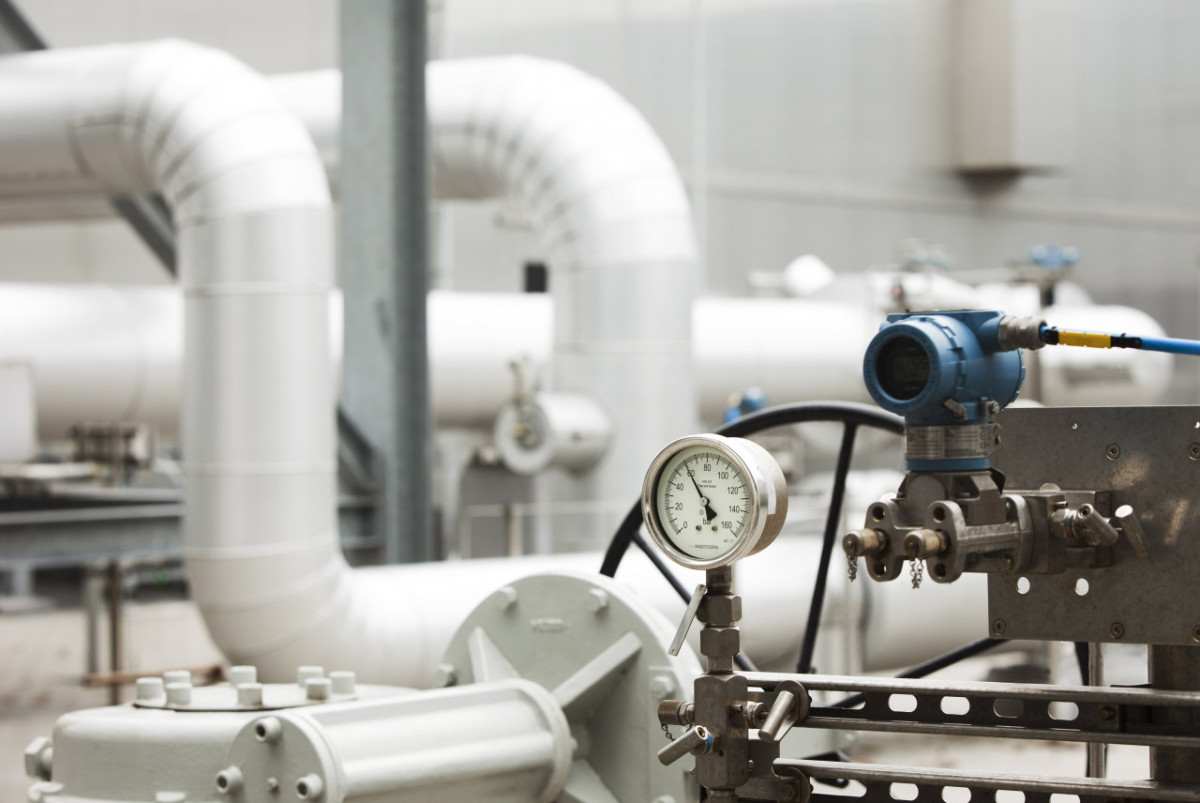Preview 2023: Energy saving and supply increase are key to address gas shortage next year – analyst
This interview is part of a series to preview the German and European energy and climate policy year 2023. The other interviews will be published over the coming weeks.
Clean Energy Wire: Energy and climate policy in 2022 has been dominated by Russia's war on Ukraine and the European energy crisis. What impact do you expect the war to have on natural gas next year and which other topics will likely dominate the agenda in 2023?
Andreas Schröder: Geopolitics is back. The long-lasting European policy doctrine of free markets with little government intervention has been turned upside down in 2022. In 2023, nationalised utilities, state-backed investment, fixed price caps, regulated profit margins and mandated storage targets will shape European gas markets. A subsidy race with the U.S. (Inflation Reduction Act) and other regions intensifies cross-continental competition for a cheap and stable energy supply. In 2023, expect global LNG demand to pick up again and for that demand competition to be fierce. As global LNG supply will be sticky in 2023, the market remains a sellers’ market where suppliers can dictate conditions of delivery.
Chancellor Scholz's traffic light coalition has just finished its first year in office – what do you think the administration got right so far and what does it have to deliver on most urgently next year when it comes to gas?
Germany was overwhelmed by energy market shocks in 2022. A government that was expected to boost the growth of renewable energy ended up reversing the coal exit and investing in fossil fuel infrastructure. The ad-hoc build-up of new LNG terminals went surprisingly quickly with shortcuts in terms of administrative permitting. The rapid ramp-up of floating LNG terminals was key to calm markets. Also, the swift action in expropriating Gazprom Germania helped bringing gas storage under government control. This made achievement of storage targets possible albeit at a cost of 15 billion EUR in extra support.
Over the course of summer and autumn, energy prices started to feed through to end consumer prices. The established ad-hoc Gas Expert Commission was convened to propose cost control measures and they made interesting proposals. However, as the government implemented the proposals, a lot of bureaucratic red tape emerged. The measures are difficult to understand, and the government had huge difficulties in communicating the ‘Gasumlage’ fiasco; and the related step-by-step nationalisation of Uniper; as well as the controversy around nuclear versus coal power. Furthermore, the discussion on skimming off windfall profits and capping prices sent very mixed signals to clean energy investors.
In 2023, the government will have to tackle the supply and demand of natural gas. Filling gas storages in 2023 might not be as easy as in 2022 in the absence of Russian pipeline gas. The supply gap shall be filled with LNG, however the German government is currently relying largely on volatile spot LNG imports rather than stable long-term LNG contracts. Securing LNG will be possible as long as Europe does not implement unclear price caps. In the power sector, gas burn is likely to be strong again. The German government will close three nuclear stations and expand coal power utilisation, which includes the destruction of Lützerath village to extract more lignite. All of this relates to gas savings in the power sector.
Which gas topics have been overshadowed by the crisis in 2022 and should receive more attention in the new year?
Amidst the discussion around gas price reform and cost control, the relief of tight supply-demand balance received little attention. Energy savings and supply increases are key to address the shortage of gas in 2023. The 2022 high gas prices triggered additional fossil fuel investment upstream and midstream on a global scale. These investments will lead to a long-term lock-in effect. It is currently difficult to assess the implications for climate change. Methane leakages and local environmental risks of LNG infrastructure are currently downplayed but may soon become an issue. These lock-in effects can partly be addressed by making gas infrastructure hydrogen or ammonia-ready. However, we lack successful pilot projects as proof of concept.


